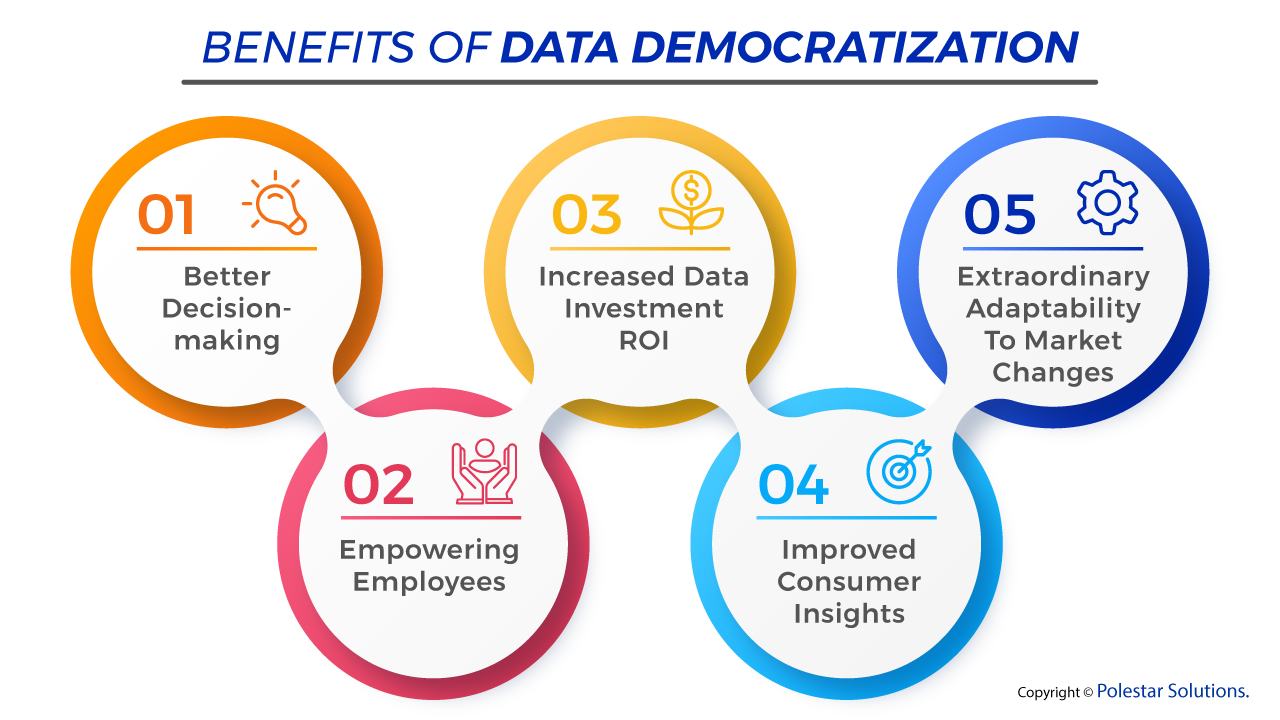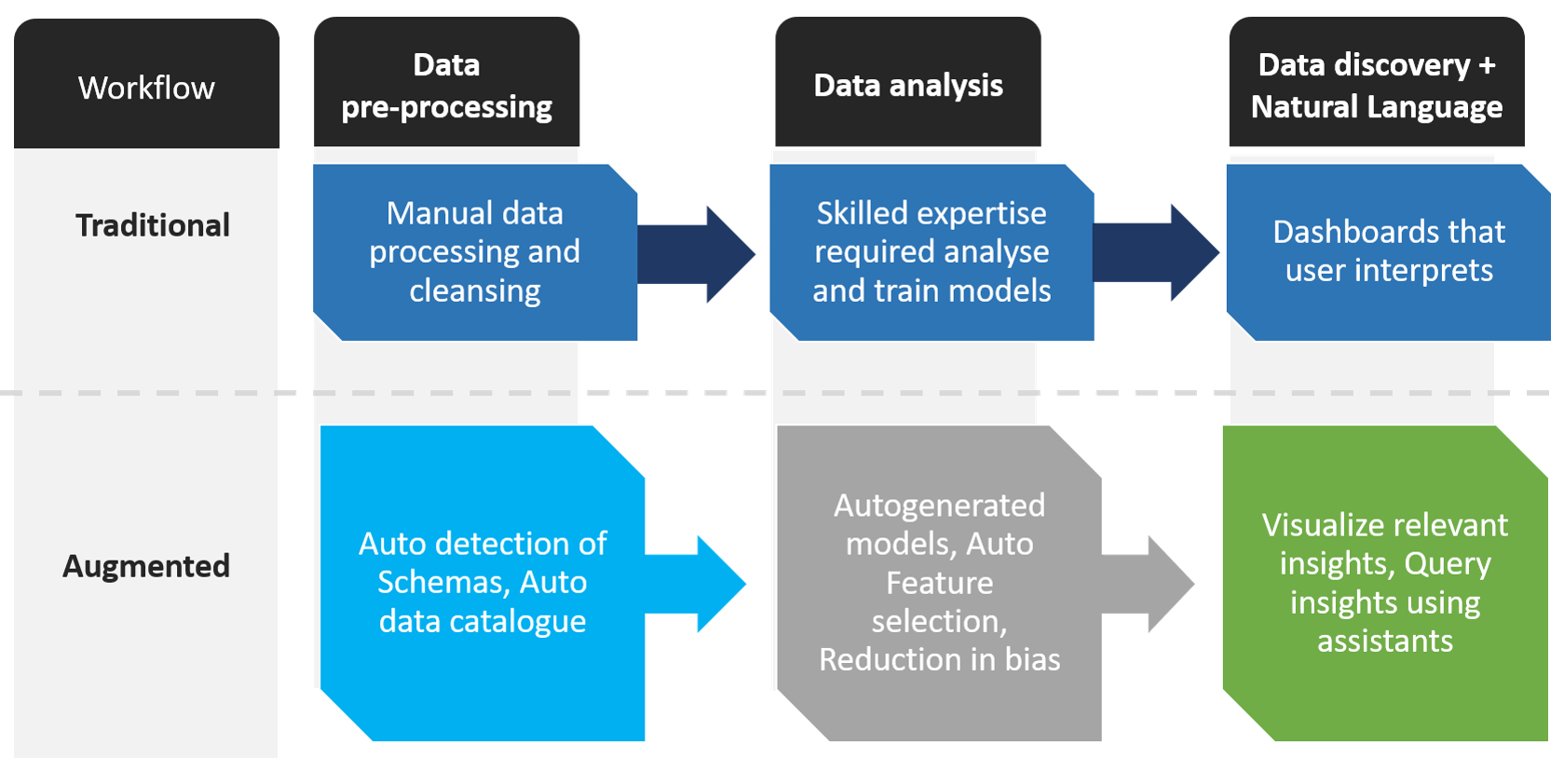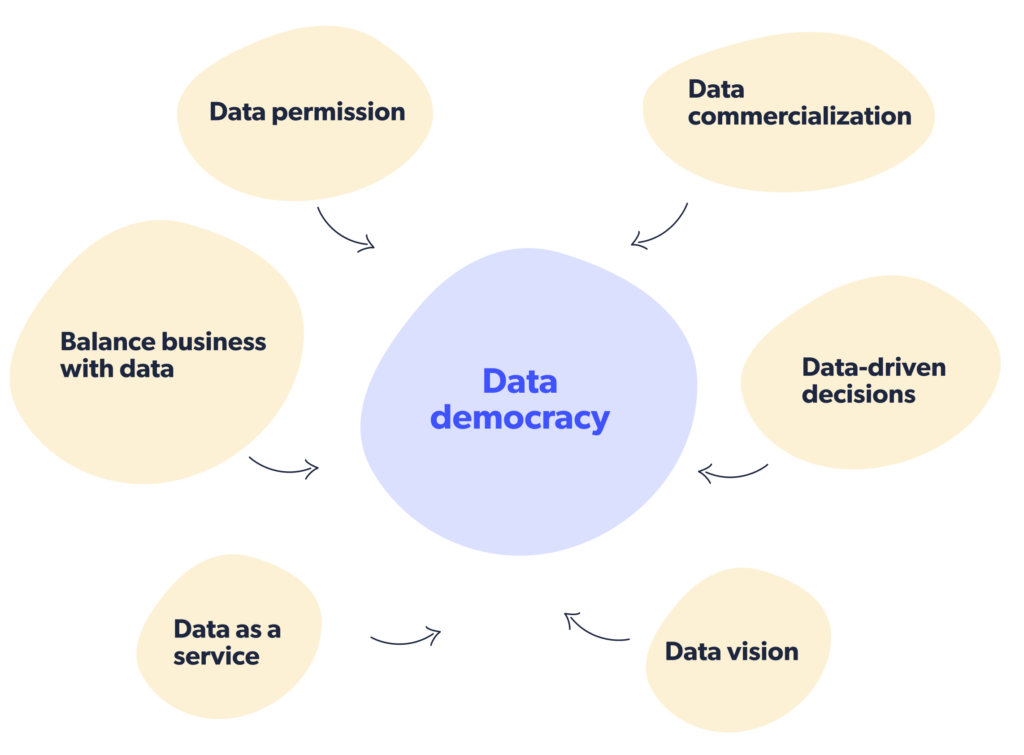“Augmented Analytics: The Democratization of Data Insights
Artikel Terkait Augmented Analytics: The Democratization of Data Insights
- The Thriving Mobile Ecosystem: A Deep Dive Into Its Components, Evolution, And Future
- The Dawn Of Seamless Interaction: Exploring The Power Of Smart Interfaces
- Federated Learning: Training AI Without Sharing Data
- Ambient Intelligence: Weaving Technology Seamlessly Into The Fabric Of Our Lives
- The Rise Of The Machines: Understanding ASIC Chips And Their Impact
Table of Content
Video tentang Augmented Analytics: The Democratization of Data Insights
Augmented Analytics: The Democratization of Data Insights

In today’s data-rich world, businesses are constantly seeking ways to leverage information to gain a competitive edge. However, the traditional methods of data analysis often require specialized skills and can be time-consuming, limiting the accessibility and impact of insights for many. Enter Augmented Analytics, a revolutionary approach that uses artificial intelligence (AI) and machine learning (ML) to automate data preparation, analysis, and visualization, making data insights more accessible to a wider range of users, regardless of their technical expertise.
Augmented analytics is not simply another buzzword; it represents a fundamental shift in how organizations interact with data. It’s about empowering everyone, from business users to data scientists, with the tools and capabilities to extract meaningful insights and make data-driven decisions with greater speed and accuracy.
The Pillars of Augmented Analytics:
Augmented analytics rests on several key pillars, each contributing to its transformative potential:
Automated Data Preparation: This is arguably the most time-consuming and tedious aspect of traditional data analysis. Augmented analytics automates tasks like data cleaning, data integration, data transformation, and feature engineering. AI algorithms can identify and correct errors, handle missing values, and prepare data for analysis, freeing up valuable time for analysts to focus on higher-level tasks.
Automated Insights Discovery: Augmented analytics uses AI and ML to automatically identify patterns, trends, anomalies, and relationships within data. It can generate narratives explaining the insights, highlighting key drivers and potential impacts, without requiring users to manually sift through complex datasets.

Automated Visualization: Instead of relying on static charts and graphs, augmented analytics can automatically generate interactive visualizations that are tailored to the specific insights being presented. This allows users to explore data from different angles, drill down into specific areas of interest, and gain a deeper understanding of the underlying trends.

Natural Language Processing (NLP): NLP enables users to interact with data using natural language, asking questions and receiving answers in a conversational manner. This eliminates the need to learn complex query languages or navigate complicated interfaces, making data access and analysis more intuitive and user-friendly.
Benefits of Embracing Augmented Analytics:
The adoption of augmented analytics offers a wide range of benefits for organizations across various industries:

Democratization of Data: By making data insights accessible to a wider range of users, augmented analytics empowers business users to make data-driven decisions without relying on data scientists or IT departments. This fosters a more data-literate culture and promotes faster decision-making.
Increased Efficiency and Productivity: Automating data preparation, analysis, and visualization significantly reduces the time and effort required to extract insights. This frees up data scientists and analysts to focus on more complex tasks, such as developing advanced analytical models and exploring new data sources.
Improved Accuracy and Consistency: AI-powered algorithms can identify patterns and anomalies that might be missed by human analysts, leading to more accurate and reliable insights. Automated data preparation also ensures consistency in data quality and reduces the risk of errors.
Enhanced Decision-Making: By providing users with a comprehensive and easy-to-understand view of the data, augmented analytics enables them to make more informed and effective decisions. This can lead to improved business outcomes, such as increased revenue, reduced costs, and improved customer satisfaction.
Faster Time to Insight: Augmented analytics significantly accelerates the process of extracting insights from data. This allows organizations to respond quickly to changing market conditions, identify new opportunities, and stay ahead of the competition.
Reduced Reliance on Scarce Talent: The shortage of skilled data scientists is a major challenge for many organizations. Augmented analytics can help bridge this gap by automating many of the tasks traditionally performed by data scientists, allowing organizations to leverage their existing talent more effectively.
Applications of Augmented Analytics Across Industries:
Augmented analytics is finding applications in a wide range of industries, transforming how businesses operate and make decisions:
Retail: Optimizing pricing strategies, personalizing customer experiences, predicting demand, and identifying fraudulent transactions.
Healthcare: Improving patient outcomes, optimizing resource allocation, predicting disease outbreaks, and detecting fraud and abuse.
Finance: Managing risk, detecting fraud, personalizing financial advice, and optimizing investment strategies.
Manufacturing: Optimizing production processes, predicting equipment failures, improving product quality, and reducing waste.
Marketing: Optimizing marketing campaigns, personalizing customer communications, identifying target audiences, and measuring campaign effectiveness.
Challenges and Considerations:
While augmented analytics offers significant benefits, organizations should be aware of potential challenges and considerations:
Data Quality: Augmented analytics relies on high-quality data to generate accurate and reliable insights. Organizations need to ensure that their data is clean, consistent, and complete.
Algorithm Bias: AI algorithms can be biased if they are trained on biased data. Organizations need to be aware of this risk and take steps to mitigate it.
Data Governance: Organizations need to establish clear data governance policies to ensure that data is used responsibly and ethically.
User Adoption: Successful adoption of augmented analytics requires training and support for users. Organizations need to invest in training programs to help users understand how to use the tools and interpret the insights.
Integration with Existing Systems: Integrating augmented analytics tools with existing data systems can be challenging. Organizations need to carefully plan their integration strategy to ensure seamless data flow.
The Future of Augmented Analytics:
Augmented analytics is rapidly evolving, with new capabilities and features being added all the time. The future of augmented analytics is likely to be characterized by:
Increased Automation: AI algorithms will become even more sophisticated, automating more aspects of the data analysis process.
Enhanced Natural Language Processing: NLP will become more advanced, allowing users to interact with data in a more natural and intuitive way.
Personalized Insights: Augmented analytics will be able to deliver personalized insights that are tailored to the specific needs of each user.
Embedded Analytics: Augmented analytics will be embedded directly into business applications, making it easier for users to access and use data insights in their daily workflows.
Explainable AI (XAI): A growing focus on ensuring that AI-driven insights are understandable and transparent, allowing users to understand why a particular conclusion was reached.
FAQ:
Q: Is augmented analytics going to replace data scientists?
A: No, augmented analytics is not intended to replace data scientists. Instead, it is designed to augment their capabilities, freeing them up to focus on more complex and strategic tasks. Augmented analytics can handle routine tasks such as data preparation and basic analysis, allowing data scientists to focus on developing advanced analytical models and exploring new data sources.
Q: How does augmented analytics differ from traditional business intelligence (BI)?
A: Traditional BI focuses on reporting and dashboards, providing users with a historical view of data. Augmented analytics goes beyond this by using AI and ML to automatically identify patterns, trends, and anomalies, providing users with a more proactive and insightful view of the data.
Q: What are the key features to look for in an augmented analytics platform?
A: Key features to look for include automated data preparation, automated insights discovery, automated visualization, natural language processing, explainable AI, and integration with existing data systems.
Q: What are the skills needed to use augmented analytics tools?
A: While augmented analytics tools are designed to be user-friendly, some basic understanding of data and analytics is helpful. However, the tools typically provide guidance and support to help users interpret the insights.
Q: What are the costs associated with implementing augmented analytics?
A: The costs associated with implementing augmented analytics can vary depending on the size and complexity of the organization, the chosen platform, and the level of customization required.
Conclusion:
Augmented analytics represents a significant step forward in the evolution of data analysis. By leveraging the power of AI and ML, it democratizes data insights, empowers business users, and accelerates the pace of innovation. While challenges remain, the potential benefits of augmented analytics are undeniable. As organizations continue to grapple with ever-increasing volumes of data, augmented analytics will become an increasingly essential tool for gaining a competitive edge and driving business success. By embracing this technology, organizations can unlock the true potential of their data and transform themselves into truly data-driven enterprises.


